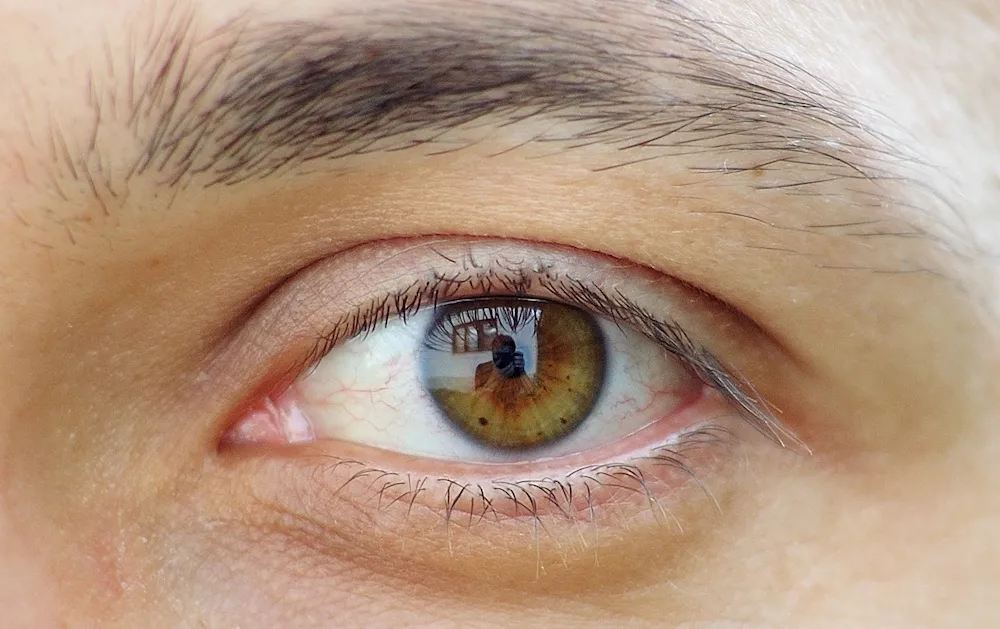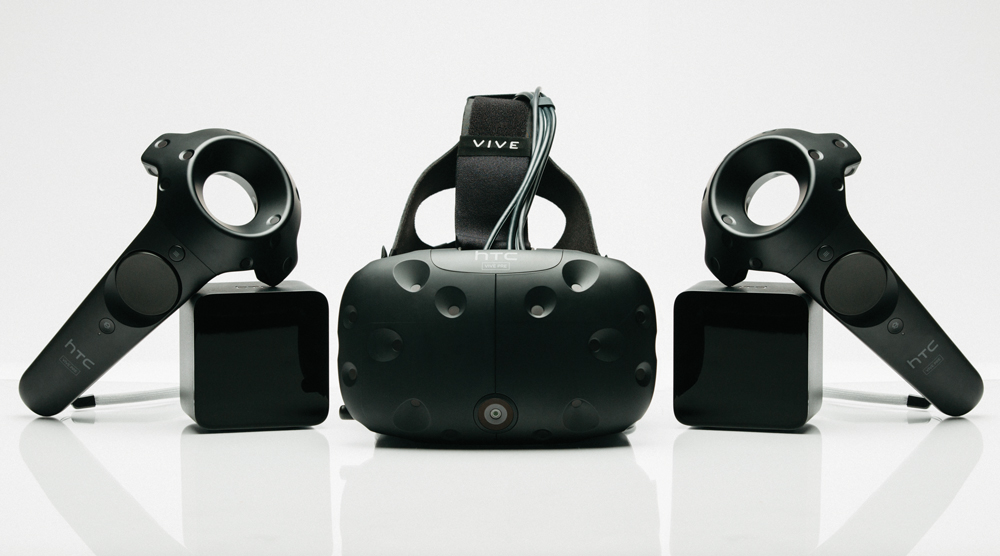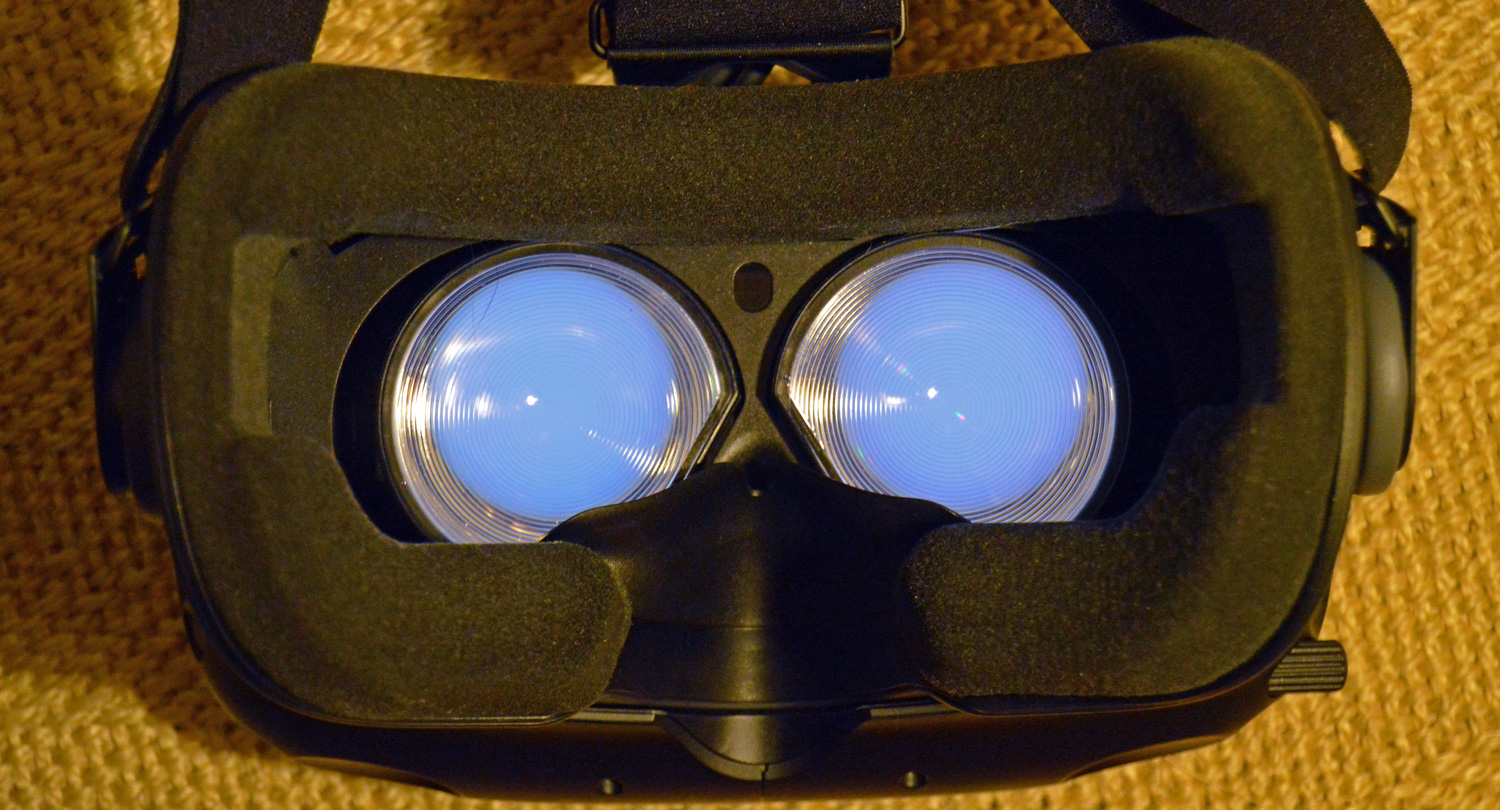A solitary plinth stands in the center of a dark room. It is completely surrounded by glowing computer screens of various sizes. Each of these screens is a portal to a different experience, a different reality. But, unlike most people, Jamie Soar is too awestruck to care about what lies beyond this initial loading room. Because, while most people here would be seeing a new form of media for the very first time, Jamie Soar was seeing for the very first time.
Soar suffers from a hereditary eye condition known as Retinitis Pigmentosa. In essence, it makes him debilitatingly near-sighted and requires him to use a blind cane at night or in dark spaces. His afflictions also include diplopia — which causes nearly constant double vision. On this day, however, the boggling of Soar’s eyes had nothing to do with his visual limitations and everything to do with the sight he was beholding.
In actuality, Soar was standing inside a PC World computer store located in London, England. The fluorescent lights of the warehouse-sized space were buzzing, the air conditioning was humming, and the traditional London weather was pattering against the glass door. Soar was unaware of any of this, however, because a few minutes ago he had donned an HTC Vive virtual reality headset for the very first time.
As the headset fired up its loading room demo Soar found himself in a state of shock. His whole life he had been forced to lean in close to computer screens, books, televisions, people, anything just to get a clear look. But inside this revolutionary new device, he discovered a world that was leaning in to him.
The unique technical design of a VR headset was having something of a counteractive effect to Soar’s Pigmentosa. These contraptions may be designed to provide the illusion of depth through special lenses, but in physical reality the screens they are employing are mere centimeters away from a user’s face. This, coupled with the dual-screen projection method of the Vive — in which every single image a user sees is actually two images relayed to separate screens in front of each eyeball — ended up being the perfect storm of factors to judo-flip Soar’s typical visual impairments and render his vision closer to normal than he had experienced in decades.
While Soar’s mind is still adjusting to the miracle that is unfolding, the demo operator lazily presses a button and triggers the next phase of the experience. Balloons of various sizes and colors begin to rise and swarm around Soar. For those that were not experiencing a life-altering event this may have been little more than a charming surprise. But for a man who had trouble telling if the sky was clear or cloudy, the sudden appearance of crystal clear colors was enough for him to leap straight in the air with a start.
This experience was over three months ago now but according to Soar it was the culmination of a long-held ambition. “I was interested in VR from the beginning but knew I had to try it myself,” Soar explained in an interview with UploadVR. “Part of me thought that something strapped to my face might work because of my reliance of things being up close. Where I lived in England there were essentially no demos, so when I saw that there would be one in London — even though it would only be a 15-20 minute experience — I decided to make the long journey and go for it.”
For Soar, VR represented something of a final hope that some of form of modern electronics would be accessible with his condition.
“The more I thought about it the more I was thinking about things like the Nintendo 3DS or 3D movies,” Soar said. “They just didn’t work for me. Nothing had ever worked for me. Until I tried the Vive.”
After his initial foray into VR at PC World, Soar has made a point to try VR as often as he can. “I tried it at my friends house and I got to measure how long it takes for me to get used to what’s happening. When I’m inside I can physically feel my eyes refocusing,” Soar explained.
Soar says he could see himself, “potentially working in VR instead of with a traditional screen…Using something like Bigscreen I can mirror to my desktop and enjoy the experiences much more normally.”
VR has been a revelation to Soar, who is an aspiring electronic music artist, and his message to those suffering with similar afflictions is this:
“Try VR . Find a means to try it because I went so long without ever knowing that this extra dimension existed that you can see. Try out as many experiences as possible. It might not be for everyone but it might give people a lot more freedom or independence in what they do.”
It certainly has for him.
































